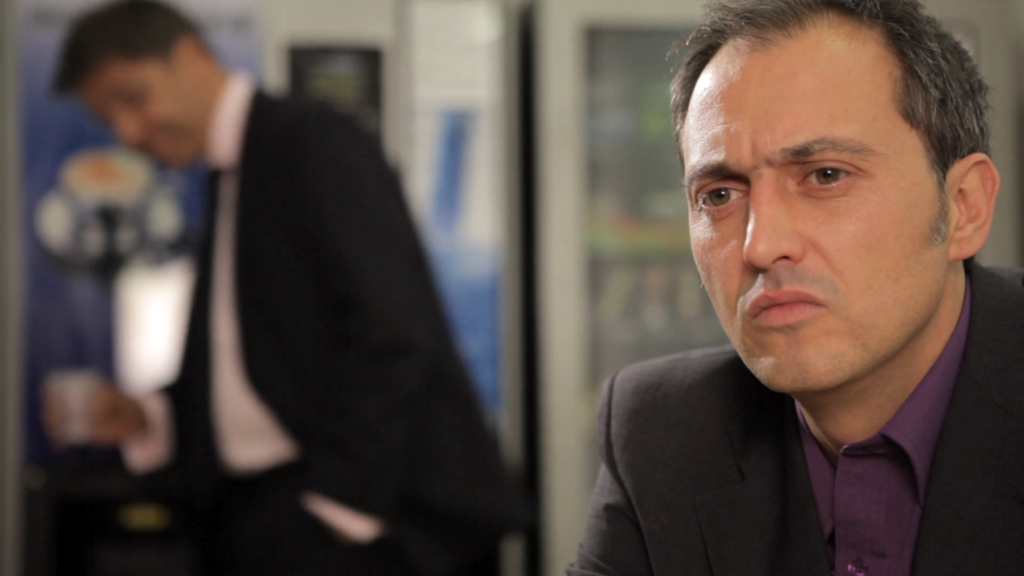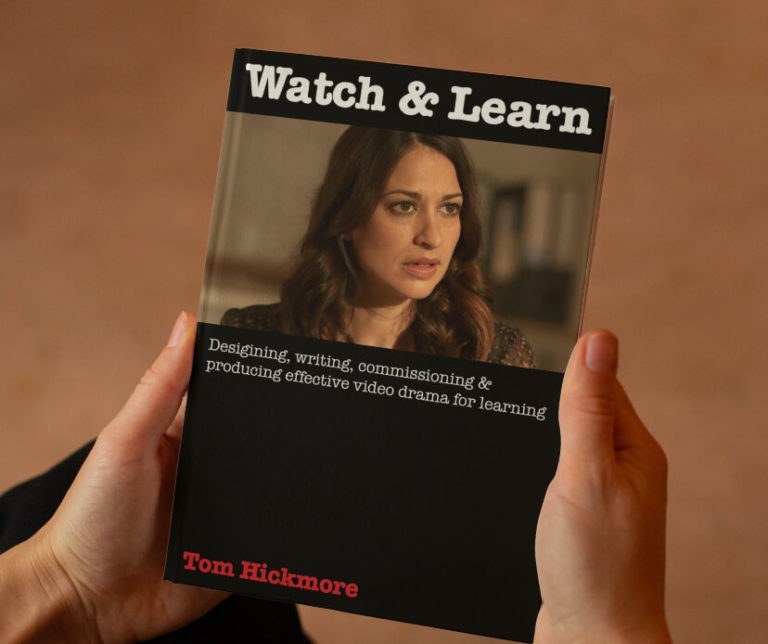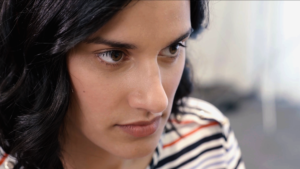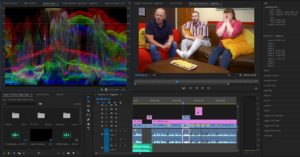I make video for learning and I specialise in drama. When people think of training films, it’s not what they think of when we say “Netflix”. After a lifetime in the sector, during the lockdown, I took a hard look at video drama in learning to work out how we can improve things. Essentially the problem is that, while plenty of drama is produced in the sector, there is little understanding in L&D of how drama works – the very fundamentals of the medium. The result is a lot of poor quality drama being produced by very clever people who don’t know they are doing it wrongly. This is a fixable problem. It’s an L&D problem! So I wrote a book to share the essential knowledge needed to design video drama with all our colleagues in the world of L&D. The book became the first step on my mission for its conceptual toolkit to become a commonplace throughout the L&D community. In advance of my talk at Learning Technologies on May 4th here’s the first chapter of the book.
What is drama?
In the corporate training world, “drama” is often lumped together with workplace role-play scenarios performed by staff and simulations or “sims” – which are role-plays by actors.
Both forms involve people acting, but there the similarity to drama ends. A role-play is a demonstration of an interaction whereas a drama, while it may sometimes have a similar appearance, works on a more complex set of principles.
Drama comprises an array of techniques that allow us to model human behaviour. Using characters, drama models the world views of others, allowing us to step into their shoes. By populating a landscape with these modelled entities, we shed light upon the issues they embody and upon which they gaze.

Let’s remind ourselves of the power of filmed drama. People dedicate their lives to the pursuit and worship of movie stars. When we want to feel smart, we quote famous lines from movies. We want to live in movies. We visit theme parks and dress up as our favourite characters. There’s endless social media chat about what has happened and what is about to happen in TV drama. All this is not because film drama presents wild, escapist fantasies, but because, in the movies, the world is ordered, actions have consequences, and everything makes sense. That is what films do for us. They allow the world to make sense.
The strongest use of drama in learning is to help your audience make sense of things. Strangely, the way to do that is to take them to a new world.
At home and at work, we are different people. Workplace culture is formed around mutually agreed rules for how to manage our private selves within the organisation. This Venn diagram overlap delineates the world in which our stories take place. It’s the spot where public overlaps private. It’s a version of the world we can all buy into because, while we all manage it in our own way, we can all identify it as something that needs to be managed.
How do we get along with people we may not choose as friends? How do we cope with the unruly feelings that difficult work situations can give rise to? Drama provides a safe space in which to reflect upon these challenges.
Learning Points
- Drama is distinct from role-play.
- Drama consists of an array of techniques that allow us to model human behaviour.
- Drama and movies show us a world in which things make sense.
- Drama for the workplace concerns that space where public overlaps private. It’s about how we manage our emotions and get along at work.



